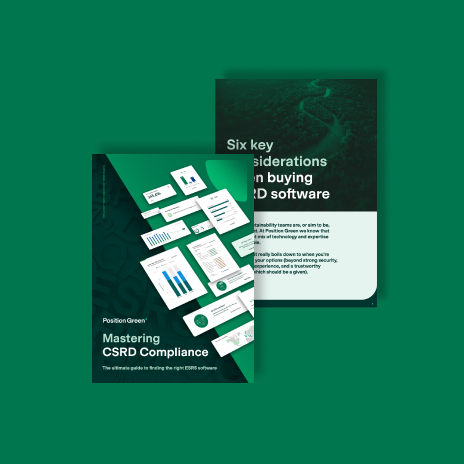What you need to know for accurate carbon accounting: A practical guide to primary vs. secondary data across Scopes 1–3
Accurately measuring greenhouse gas (GHG) emissions across your Scope 1, Scope 2, and Scope 3 activities hinges on your ability to balance primary and secondary data effectively.

But what are the key differences between these data types and what activities count as Scope 1 emissions versus Scope 2 or 3?
Why carbon accounting requires a unique approach
This guide offers a comprehensive yet practical overview of how organisations can enhance their GHG reporting practices and improve the quality and breadth of carbon data they can track.
Download the guide to learn:
- The key differences between primary and secondary data and when to use each.
- Challenges and advantages of each data type for Scopes 1, 2, and 3.
- Tips for ensuring accuracy and transparency in your carbon inventory.
Whether you’re navigating corporate sustainability reporting requirements or aligning with the GHG protocol, this is your go-to resource for accurate and credible emissions reporting.
You can lean on it in and out of our Carbon Accounting software to ensure you have covered all your bases for carbon reporting, both for compliance and resilience in your organisation.


